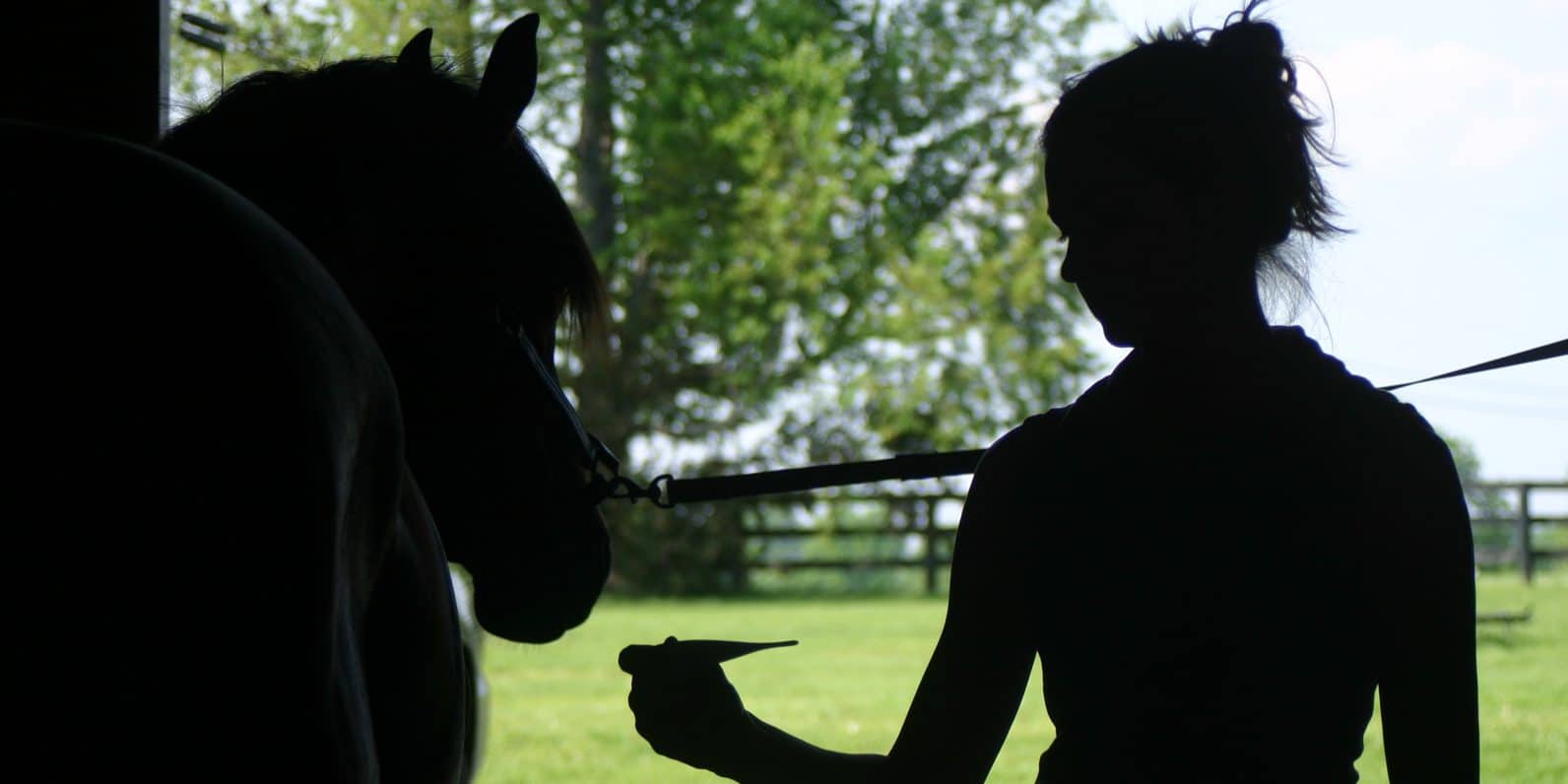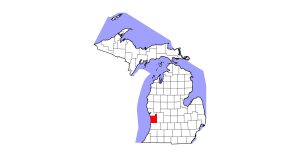Third EHV-1-Infected Horse Dies in San Bernardino County, California

The updated report of Nov. 19 regarding the equine herpesvirus-1 outbreak in San Bernardino County stated that two additional febrile horses, an 11-year-old Paint mare and a 22-year-old Paint mare, were also confirmed positive for EHV-1.
The first (index) horse affected, a 13-year-old Quarter Horse mare, began showing clinical signs on Oct. 29 and was euthanized that day due to the severity of her clinical signs. She was confirmed positive upon necropsy on Nov. 5. CDFA quarantined 20 additional horses and enacted enhanced biosecurity measure, including twice-daily temperature monitoring.
The second deceased horse, a 22-year-old Paint gelding, was also euthanized due to the severity of his clinical signs. At that time, three additional horses on the premises with fevers exceeding 101.5° Fahrenheit were also confirmed positive for EHV-1
Create a free account with TheHorse.com to view this content.
TheHorse.com is home to thousands of free articles about horse health care. In order to access some of our exclusive free content, you must be signed into TheHorse.com.
Start your free account today!
Already have an account?
and continue reading.
Written by:
Edited Press Release
Related Articles
Stay on top of the most recent Horse Health news with















